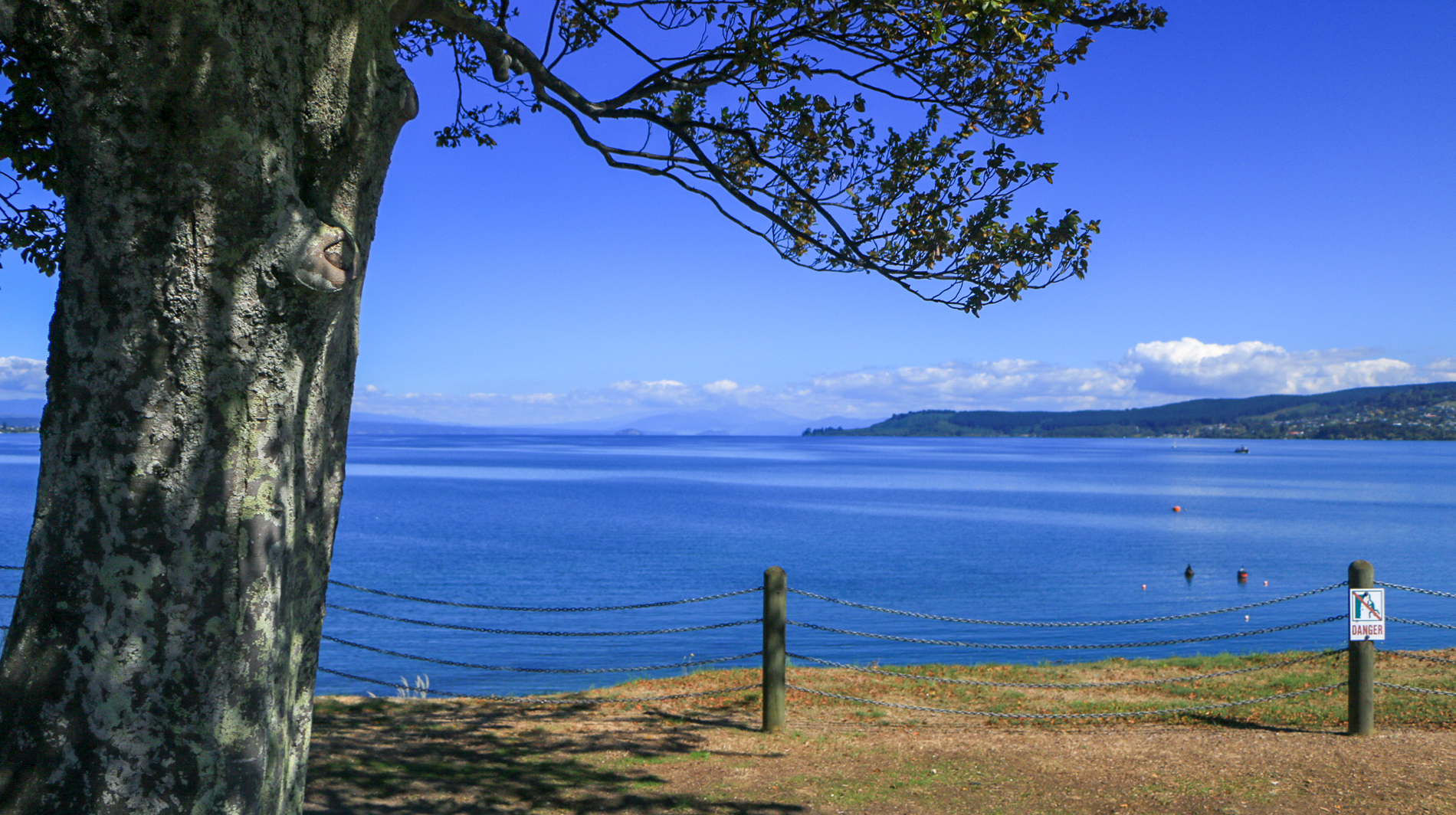Why we monitor Lake Taupō’s water quality
Water quality is important for sustaining the freshwater plant and animals that live in Lake Taupō. Clear ‘bug-free’ water enhances the value of Lake Taupō as a safe place for swimming and other recreational activities. Also, the knowledge that the lake’s water quality is excellent is important to many people for aesthetic, cultural and spiritual reasons. Lake Taupō has become a symbol of near-pristine environmental conditions, and is seen as a national treasure.
In recent years the lake’s water quality has deteriorated slightly. This is an early warning that there may be issues that need managing. The change in water quality is thought to be due to land development in the catchment. By monitoring water quality, Waikato Regional Council can determine whether waters are safe for contact recreation and can track other water quality trends important for the ecology and appearance of the lake. The detection of any decrease in water quality can trigger discussion and possible action to remedy these changes.
Changing catchment land use can affect the amount of nutrients, sediment and ‘bad bugs’ (harmful bacteria and viruses) entering the lake.
Lake Taupō is an oligotrophic lake. This means it has low concentrations of nutrients and so biological productivity is relatively low. Plants, such as algae, require nitrogen and phosphorus to grow. Low nutrient levels in the lake mean that the amount of microscopic algae the lake can support is low. This in turn means the water is particularly clear and blue, and dissolved oxygen levels are not seriously depleted (through decaying plant matter).
What's happening?
Water quality for human contact recreation
Waikato Regional Council measures bacteria levels (E. coli) in the water at a number of sites around the edge of Lake Taupō.
E. coli bacteria is a useful indicator of the health risk for human contact recreation activities such as swimming or water skiing. Water clarity is also important so that submerged hazards can be easily seen. See our monitoring site information for more details on results.
Water quality for contact recreation is generally excellent. However, sites sampled near urban centres (Taupō foreshore, Te Moenga Bay and Acacia Bay) sometimes have raised bacterial levels.
Water quality for ecological health
Waikato Regional Council measures Secchi depth at our open water sampling site to monitor Lake Taupō's water clarity over time.
We also collect water samples in the top 10 metres of the lake at this site to measure chlorophyll a, total phosphorus and total nitrogen. Chlorophyll a is measure of the amount of tiny free-floating algae (phytoplankton) in the lake's water.
Lake Taupō’s water quality for ecological health is generally satisfactory to excellent. However, a few measurements of nitrogen (a plant nutrient) and chlorophyll a (an indicator of the total quantity of algae in a lake) have exceeded our very high standards for this lake.
The table below gives average values for the period 2015 to 2019 compared with typical levels for oligotrophic lakes in general.
Monthly average chlorophyll a
The graph below shows monthly average levels of chlorophyll a in Lake Taupō's water, measured at our open water site.
The peaks in the graph represent the winter months, which are the algal growing season. Increasing algae in the lake will reduce water clarity, although this also depends on the type of algae (which can vary between years) and the amount of other dissolved substances in the water.
Waikato Regional Council's rules (Chapter 3.10 of the Waikato Regional Plan) aim to protect the long-term water quality of Lake Taupō by ensuring that it does not deteriorate from its condition in 2001 (actually, the 5-year period centred around 2001, namely 1999–2003).
Analysis of our records of chlorophyll, Secchi depth, total phosphorus and total nitrogen for the 21-year period 1999–2019 shows that the overall water quality of Lake Taupō did not change over this period, although concentrations of total nitrogen have increased.
Results - data and trends
The Excel spreadsheet below contains the source data for this indicator's graph and information.
The graph shows the percentage of samples from the lake that met or exceeded our guidelines for excellent, satisfactory or unsatisfactory water quality for ecological health and contact recreation.
Ecological health data were collected from 2015-19.
Methods - how we monitor
More information
When this indicator is updated
This indicator is updated annually (where the data is available).


